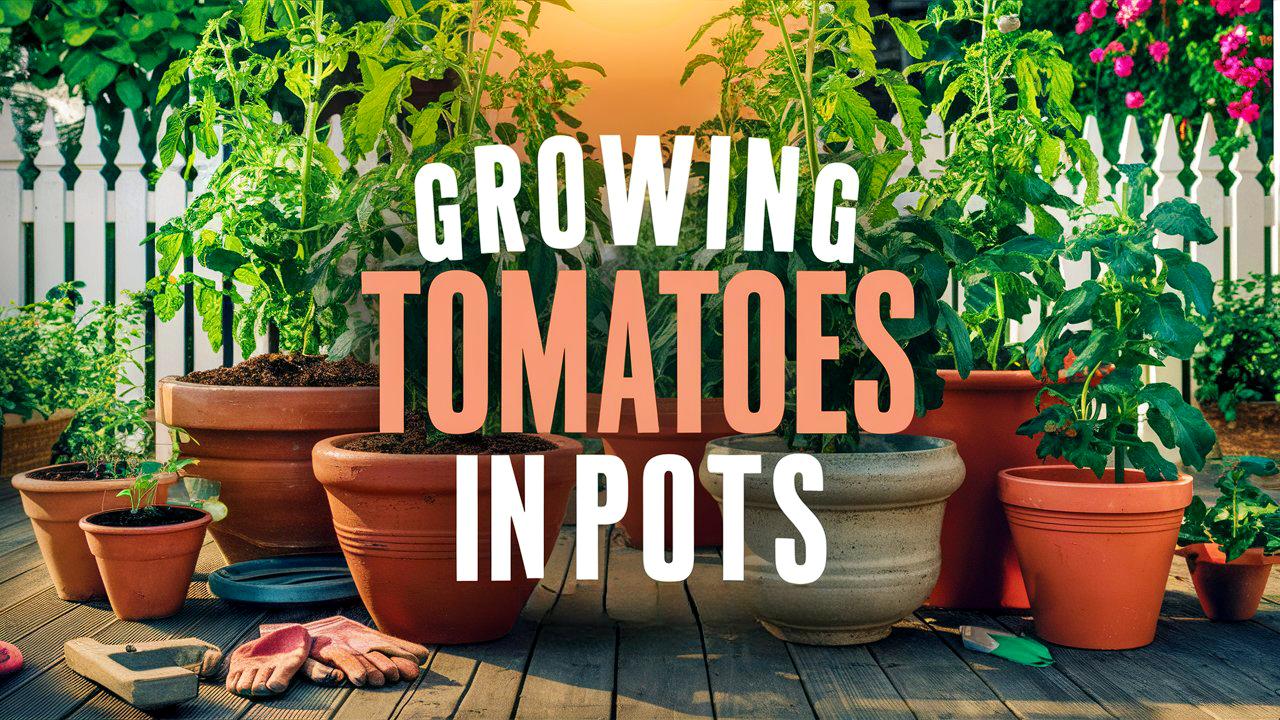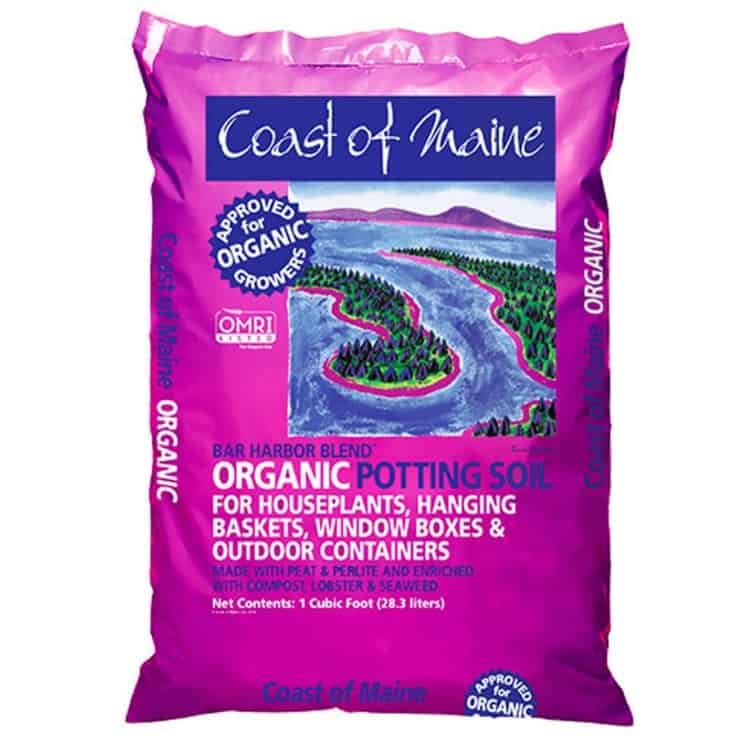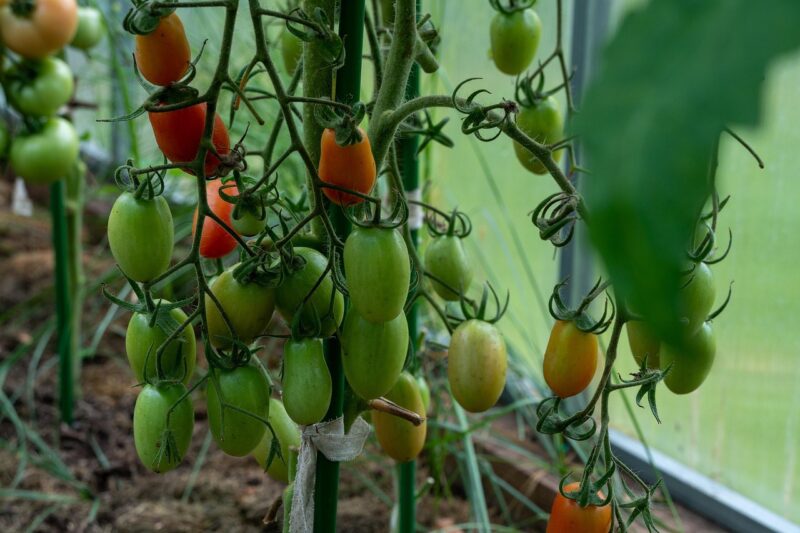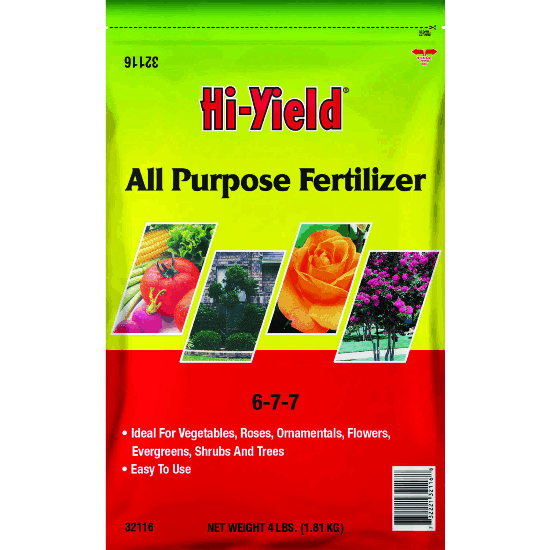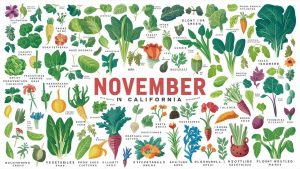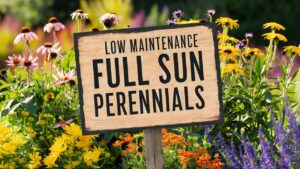Growing tomatoes in pots or containers is an enjoyable and rewarding experience, particularly for those with limited gardening space. Container gardening makes it possible to cultivate fresh, delicious tomatoes in your backyard, balcony, or even on kitchen windowsills. This guide is designed for beginners, providing everything you need to know about growing tomatoes in pots.
Choosing the Right Container
Size Considerations
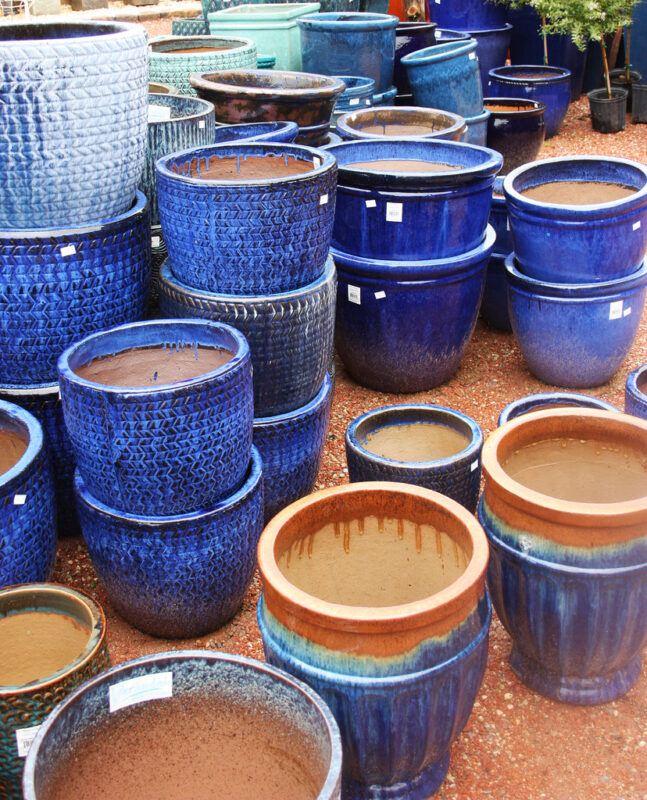
When it comes to container size, the general rule of thumb for tomatoes is to select a pot that holds at least 5 gallons of soil. This size allows sufficient room for the roots to spread out, which is crucial for a healthy plant. If you choose smaller tomato varieties like ‘Tiny Tim’ or ‘Tumbling Tom’, you can use pots that are around 3 gallons, but keep in mind that these smaller containers may require more frequent watering since they can dry out quickly.
Material Matters
The material of your container can have a significant impact on your plant’s health. Here are common materials used for pots:
Plastic: These pots are lightweight and often less expensive. They retain moisture well and come in various sizes and shapes.
Clay: Clay pots offer good breathability and can look beautiful in a garden setting. However, they can dry out rapidly and may require more frequent watering.
Fabric: Fabric pots, or grow bags, provide excellent air circulation and drainage, promoting healthy root development. However, they may need careful attention to moisture levels.
Drainage is Essential
Regardless of the pot material, ensure your container has drainage holes. Proper drainage is critical because it prevents overwatering, which can lead to root rot. If your container lacks drainage holes, consider drilling some or use double pots with a layer of pebbles for drainage.
Selecting the Right Tomato Varieties
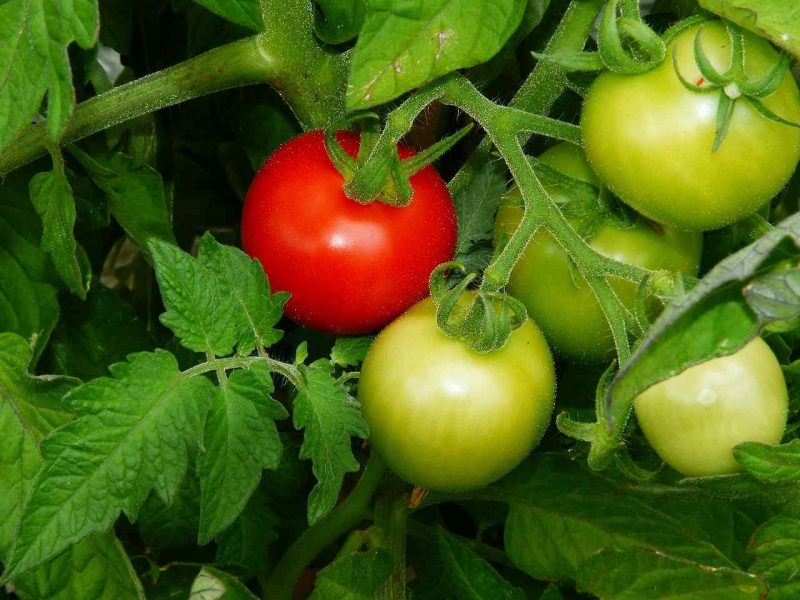
Choosing the correct tomato variety is another essential step for successful container gardening. Tomatoes come in various shapes, sizes, flavors, and growth habits.
Determinate vs. Indeterminate Varieties
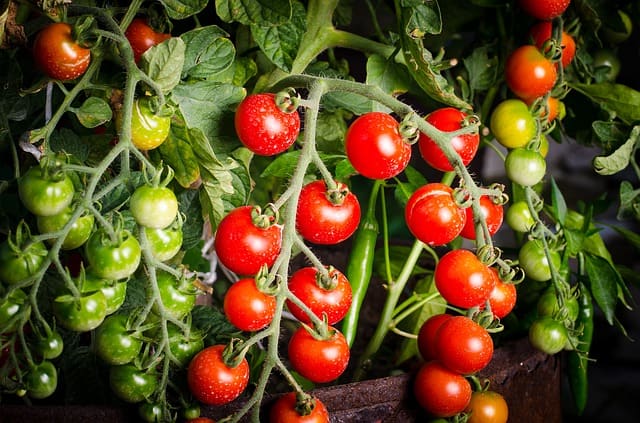
Understanding the difference between determinate and indeterminate varieties will inform your planting choices.
Determinate Tomatoes: These varieties grow to a certain height (typically 3 to 4 feet) and produce fruit over a short period. Popular examples include ‘Celebrity’, ‘Patio Princess’, and ‘Bush Early Girl’. They are ideal for container gardening due to their compact nature.
Indeterminate Tomatoes: These plants continue to grow and produce fruit throughout the season, reaching heights of 6 feet or more. Varieties like ‘Big Boy’, ‘Brandywine’, and ‘Sun Gold’ are common indeterminate types. While indeterminate tomatoes often yield more fruit, they require larger pots and support structures such as cages or stakes.
Specialty Container Varieties
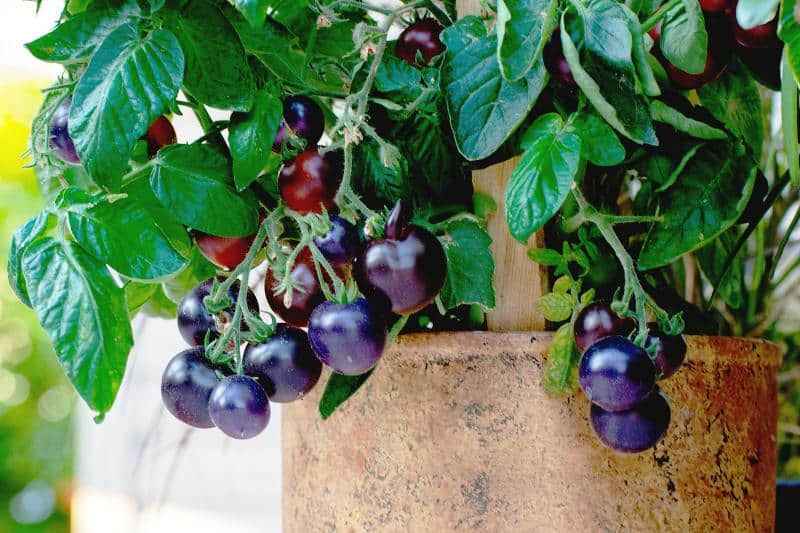
Certain tomatoes are specifically bred for container gardening. Varieties such as ‘Tumbling Tom’, ‘Balcony’, and ‘Tiny Tim’ are excellent choices for patios and small spaces. These tomatoes usually stay smaller but still produce sweet and flavorful fruits.
Preparing the Soil
The quality of your soil will significantly influence the success of your tomato plants. The right soil mix provides essential nutrients, retains moisture, and promotes healthy root growth.
Choosing a Potting Mix
Avoid using garden soil for container gardening. Instead, use a high-quality potting mix that is designed for container plants. A good potting mix typically contains ingredients like peat moss, perlite, and compost, facilitating proper drainage and aeration.
Soil Amendments
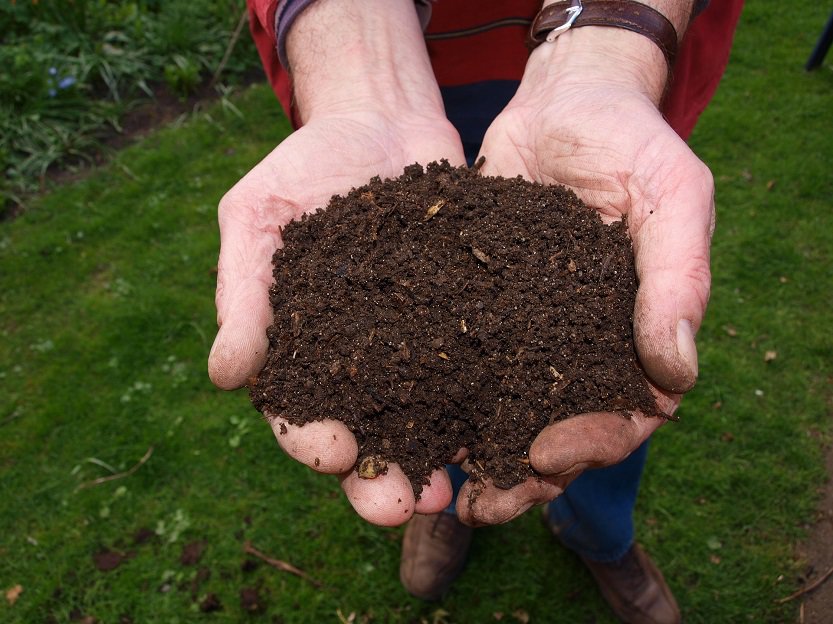
To further enhance your potting mix, consider adding organic compost or a slow-release fertilizer. These amendments ensure that your plants receive the necessary nutrients throughout their growth. You can also incorporate well-rotted manure to enrich the soil with essential nutrients.
Planting Tomatoes
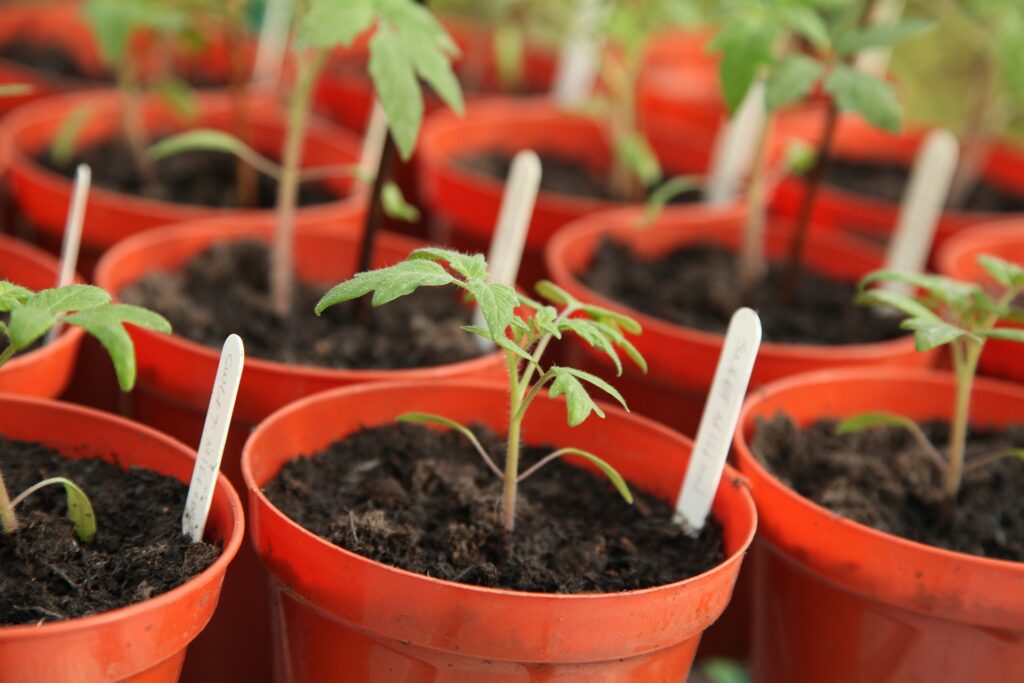
Once you’ve chosen your container, tomato variety, and prepared the soil, it’s time to plant your tomatoes. Timing and technique are crucial for a successful planting.
Timing for Planting
Tomatoes should be planted after the danger of frost has passed and when soil temperatures have reached about 60°F (16°C). In most regions, this will be between late spring and early summer. You can get a head start by starting seeds indoors 6-8 weeks before the last frost date, and then transplanting them outside after the frost risk has passed.
Planting Technique
When planting, it’s essential to bury at least two-thirds of the stem in the soil. Tomatoes can develop roots along their buried stems, which will create a stronger root system. Place the plant in the pot and fill in around it with the potting mix, gently pressing it down to eliminate air pockets. Ensure there is enough space between plants, typically about 18 to 24 inches apart.
Watering Immediately After Planting
Once you’ve planted your tomatoes, water them thoroughly. This deep watering helps settle the soil around the roots and reduces air pockets, which can hinder growth.
Watering Your Tomato Plants
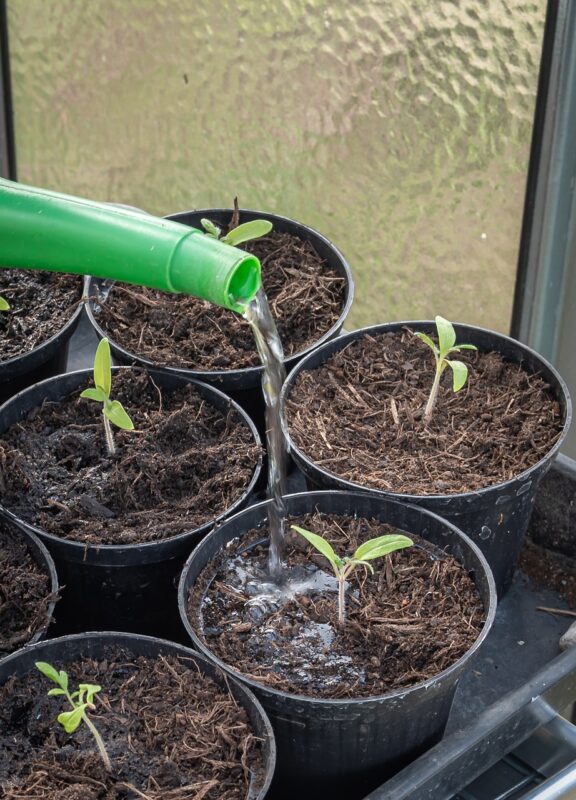
Proper watering techniques are vital for healthy tomatoes. Container-grown tomatoes can dry out quickly, so establishing a consistent watering routine is essential.
Establishing a Routine
Tomatoes generally prefer moist, well-drained soil. Water deeply when the top inch of soil feels dry. You might need to water your plants daily during hot spells or when they are setting fruit. However, factors like container size, weather conditions, and plant maturity will affect how often you need to water.
Signs of Over and Under-Watering
Monitoring your plants for signs of stress can help you adjust your watering schedule:
Under-Watered Plants: Leaves will begin to wilt or curl, and the plant may exhibit stunted growth.
Over-Watered Plants: Look for yellowing leaves or a softened stem. In severe cases, this can lead to root rot.
Providing Support for Your Tomato Plants
As your tomato plants grow, they will require support to keep them upright and healthy. This is especially important for indeterminate varieties, which can become heavy with fruit.
Staking
One common method of providing support is staking. Insert a strong stake into the pot’s soil next to the tomato plant and use soft ties or garden twine to secure the plant to the stake as it grows. This method works well for indeterminate varieties, allowing for good air circulation and preventing damage from wind.
Caging
Another option is to use tomato cages. These provide adequate support with minimal effort and help keep fruits off the ground, reducing the risk of pests or disease. Choose sturdy cages that can withstand the weight of mature plants.
Trellising
For those with vertical gardening aspirations, installing a trellis can be a fantastic solution for supporting indeterminate tomatoes. This method not only provides support but can also create an attractive garden feature.
Fertilizing Tomato Plants
Tomatoes are considered heavy feeders, meaning they require regular fertilization to produce healthy fruit.
When to Fertilize
Begin fertilizing about two to three weeks after transplanting your tomatoes into their containers. Use a balanced water-soluble fertilizer or one designed specifically for vegetables. Be sure to follow the manufacturer’s application guidelines, as over-fertilizing can harm your plants.
Fertilizer Composition
Select a fertilizer with a higher phosphorus content (the middle number in the N-P-K ratio) to encourage flowering and fruit development. A common ratio for tomatoes might be 5-10-10, providing the needed nutrients for robust growth.
Managing Pests and Diseases
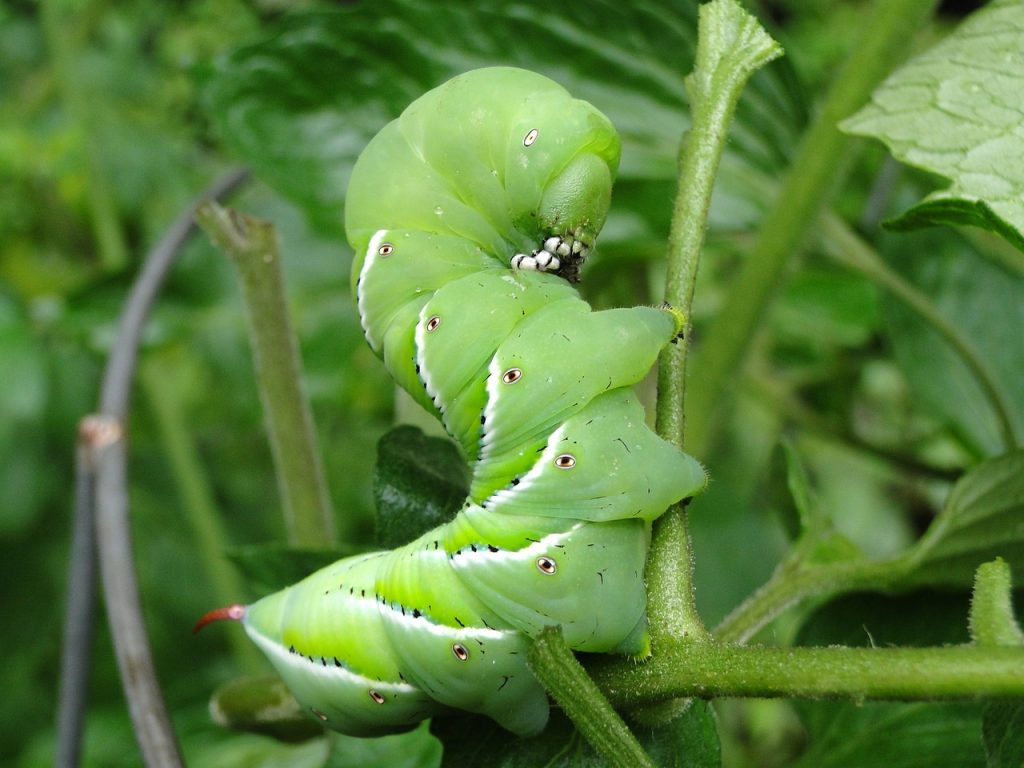
Even in pots, tomatoes are susceptible to pests and diseases. Vigilance and prevention are key to ensuring a healthy harvest.
Common Pests
Tomato plants are often targeted by pests such as aphids, spider mites, and tomato hornworms. Regularly inspect your plants, especially the undersides of the leaves. If you notice signs of infestation, hand-picking or using organic solutions like neem oil can help manage the problem.
Disease Prevention
To minimize diseases like blight or blossom-end rot, maintain good air circulation around your plants and avoid watering their leaves from above. Watering at the base of the plant helps keep the foliage dry. Additionally, avoid reusing potting soil from previous seasons without first refreshing it, as this can spread soil-borne diseases.
Crop Rotation
If you’re reusing containers for your tomatoes, consider rotating your crops each year. Different crops can help prevent soil depletion and reduce disease risks.
Harvesting Tomatoes
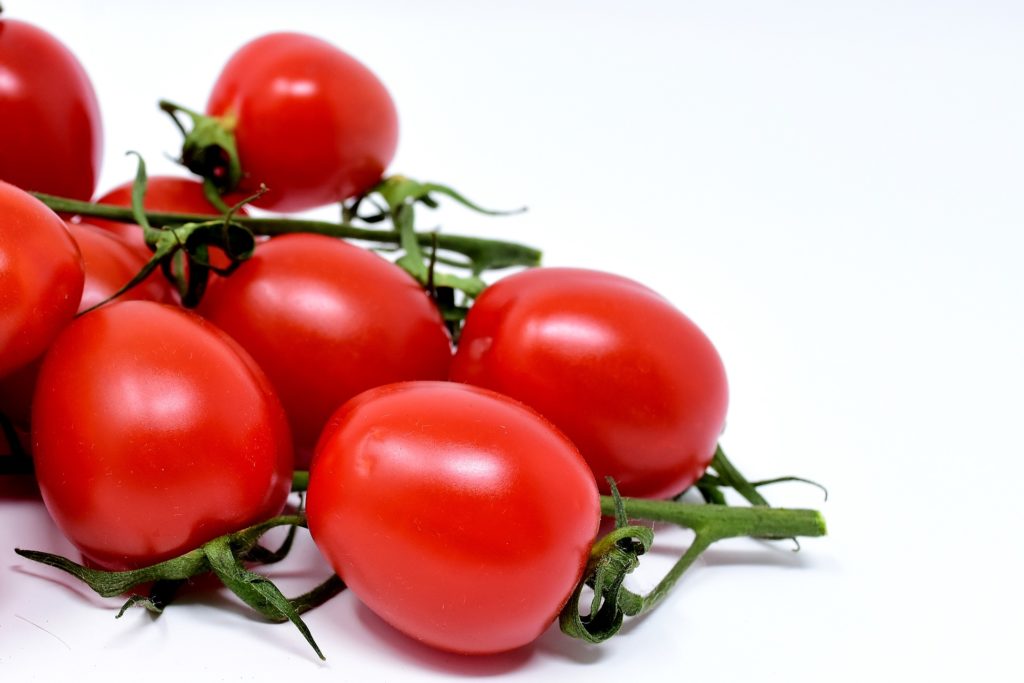
After all your efforts caring for your tomato plants, the most rewarding part is harvesting your fruits.
When to Harvest
Tomatoes are typically ready for harvest when they are fully colored and slightly firm to the touch. The exact color will depend on the variety—some may be bright red, while others like yellow or purple will exhibit different hues. Check specific growth guidelines for your chosen varieties to determine the best time to harvest.
Harvesting Technique
Use clean, sharp scissors or pruning shears to cut tomatoes from the vine. Leave about an inch of stem attached to minimize bruising and prolong shelf life.
Conclusion
Growing tomatoes in pots is an excellent gardening option for beginners and those with space constraints. With the right container, soil, and plant care techniques, even novice gardeners can enjoy a bounty of fresh tomatoes. Keep in mind the essentials: proper watering, fertilizing, providing support, and managing pests and diseases.


